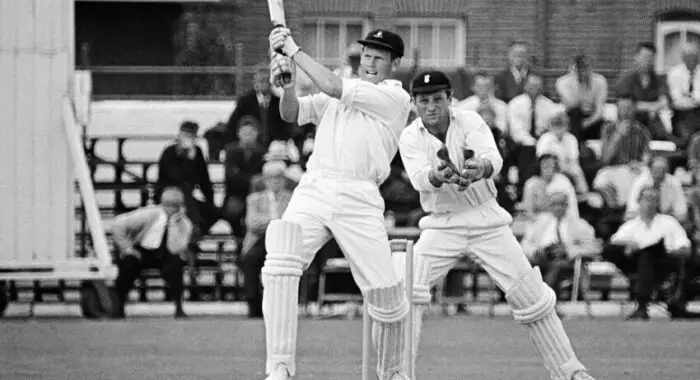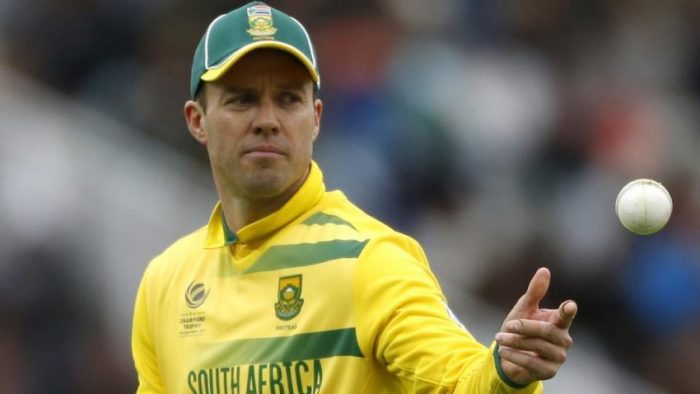The greatest dream of any cricketer is to play for their country in a Test match. While some succeed, others fail, and only a select few succeed in building something truly significant and ascending to the top. Test cricket and limited-overs (one-day or Twenty-20 matches) batting are as dissimilar as chalk and cheese. To be successful in Test cricket, a batter must have exceptional technique and temperament. As a result, several successful One-Day or Twenty-20 batters, such as Yuvraj Singh and Glenn Maxwell, have struggled in Test cricket.
What Is Batting Average?
A player's batting average in cricket is calculated by dividing the total number of runs scored by the number of times out, usually to two decimal places. Batting average is an excellent metric for an individual player's skill as a batter the number of runs a player scores and how often they get out are measurements of their playing ability and are generally independent of their teammates. Intuitively, the number is also easy to understand. This is the average number of runs per inning if all of the batters' innings were finished (i.e., they were out in every inning).
10. Gary Kirsten [45.27]
As a batter, his dedication, ability to concentrate for long periods, and burning desire to score runs stood out. Kirsten, a left-handed pitcher with a distinct approach, identified his strengths and weaknesses and built his game around them. He was one of the most organized batsmen for South Africa after their readmission in this regard. He brought a healthy dose of common sense to the game of batting, which could explain why the dreaded part of his personality surfaced off the field and in the locker room. Kirsten went through periods where he kept being out the same way, chopping the ball against his stumps.
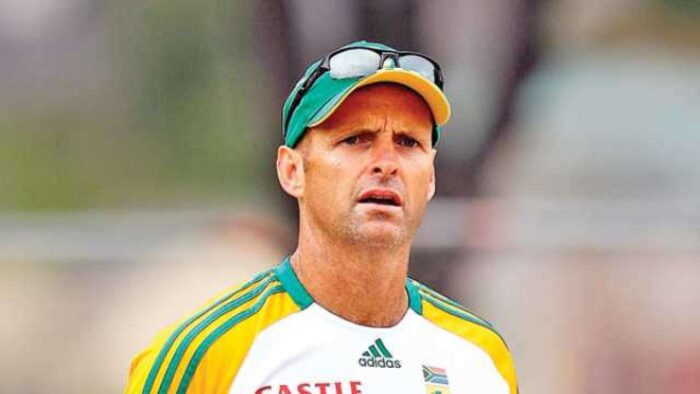
9. Edgar Barlow [45.74]
His nickname, "Bunter," was both a confirmation of this and a reflection of his facial likeness to Billy Bunter, the chubby, bespectacled British kid from children's literature. Barlow, on the other hand, was an athlete who prided himself on his fitness and endurance. As an obstinate opening batsman, an aggressive medium-pacer, and a terrific slip fielder, he was one of the most popular players of his period, and he never gave anything less than his best. Barlow was reportedly described by commentator Charles Fortune as "going into bowl looking like an unmade bed." After retiring, Barlow became a liberal voice in South Africa's conservative political elite in the 1980s.

8. Hashim Amla [46.64]
Amla began his career at Durban High School, where he met Lance Klusener and Barry Richards and was a world away from his brother, Ahmed. They grew up four years apart on opposite sides of the Apartheid divide, with Ahmed attending a school for the previously disadvantaged and Amla receiving a higher education at a more prominent institution.
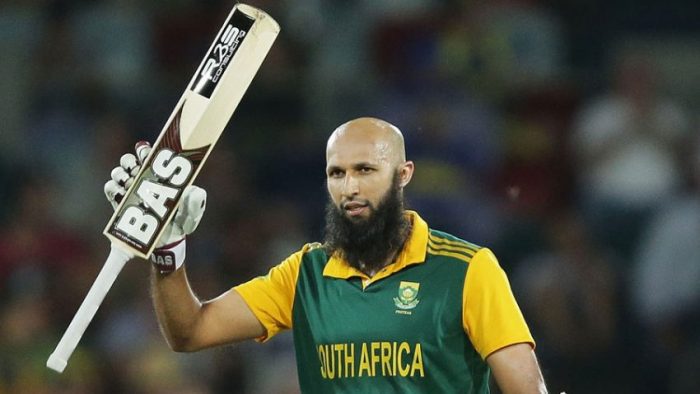
7. Graeme Smith [48.70]
Graeme Smith is meaty, powerful, and mighty, but as South Africa's Goliath of a captain; he looms much more significant than all of that. His achievements as a batsman are noteworthy, but the most important legacy of Smith's career is that under his leadership, South Africans' faith in the national team and its systems has been restored.
6. Bruce Mitchell [48.88]
From 1929 until 1949, Bruce Mitchell played in every one of South Africa's 42 Test matches, and he is considered one of the country's best batsmen. His total of 3471 Test runs (48.88) is the most of any Springbok, and only Dudley Nourse (nine) has scored more Test hundreds than him. For most of Mitchell's career, South Africa's batting was thin on the ground, and he was acutely aware of his obligation to establish a solid foundation. There is doubt that he would have achieved even greater heights if he had played in a strong batting line-up.

5. Kenneth Bland [49.08]
Colin Bland, a Bulawayo native, will go down in cricket history as one of the best cover fielders of all time. He dazzled onlookers and terrified opposing batters with his combination of speed, superb balance, and a genuinely excellent throwing arm. Bland would have stood out even in today's era when exceptional fielders are more numerous. He refined his skills by throwing at a single stump for hours on end and then utilized this to demonstrate his abilities to the public during team fielding exercises.

4. AB De Villiers [50.66]
De Villiers is a batsman who can hit any ball, anywhere, and against any bowler. As his career progressed, his arsenal of innovative shots grew as well. He is regarded as one of the best Test and One-Day International batter globally, and he has developed a cult following in T20 cricket, where his achievements in the IPL have gained him a legion of Indian admirers. In 2010, he came close to matching that total with 996 runs in the calendar year. In Test cricket, his 278* against Pakistan in Abu Dhabi was the most outstanding individual score by a South African (Hashim Amla later scored a triple-century). De Villiers also scored three consecutive ODI hundreds in the same year, two against India and one against the West Indies.
3. Arthur Nourse [53.81]
Although the war robbed him of several Test appearances, Arthur Dudley Nourse, who died on August 14 at his home in Durban, was destined to outpace even his father, A. W. 'Dave' Nourse. Trent Bridge hosted the first of his 34 Test matches in 1935, and The Oval hosted the last in 1951. During that time, he amassed 2960 runs at an uncommon average of 53.81, with nine hundred (seven against England), and acquired a reputation as a battling batsman, defensive when necessary but always ready to pound the ball with the strength of his meaty forearms.
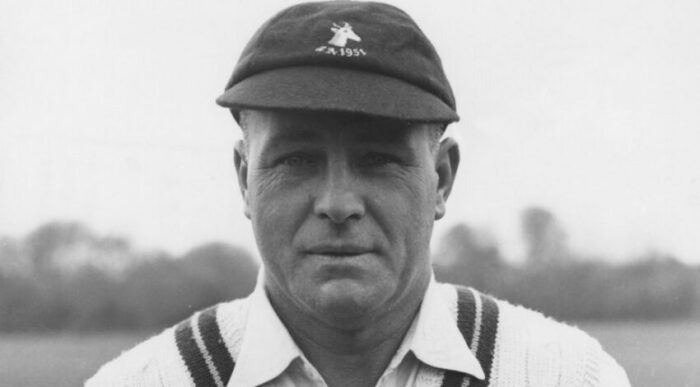
2. Jacques Kallis [55.25]
In his eighth Test, a drawn Boxing Day epic at Melbourne in 1997, Kallis established himself as an international batsman with a fighting 101 on a weary last-day surface. Even Glenn McGrath and Shane Warne couldn't get him off the field before he had almost single-handedly saved the match for South Africa.

1. Robert Pollock [60.97]
Donald Bradman thought he was the best left-handed batsman the game had ever produced, with only Garry Sobers as a match for him among those he watched play. Pollock, another player who was denied wider exposure due to South Africa's isolation, demonstrated his immense potential in 23 Tests, with his greatest score of 274 remaining the South African Test record for many years. Pollock was a powerful hitter who could also bowl good leg-spin at times. His timing was possibly his most obvious natural asset. He hit his first first-class century at the age of 16 and his first Test century in Australia at 19. He is a member of the cricketing Pollock family and is Peter's brother and Shaun's uncle. He is now a member of the Cricket Australia Board of Directors.
